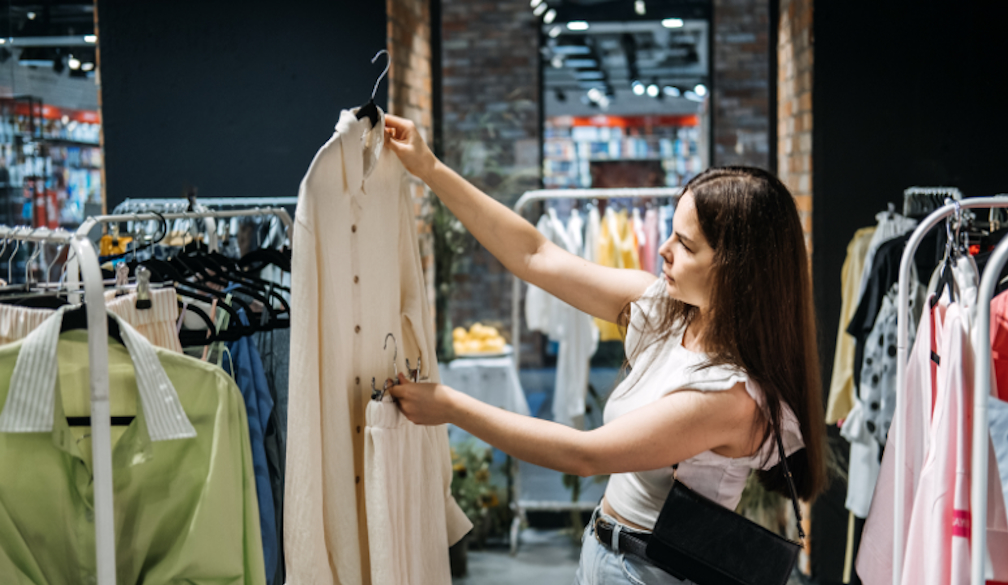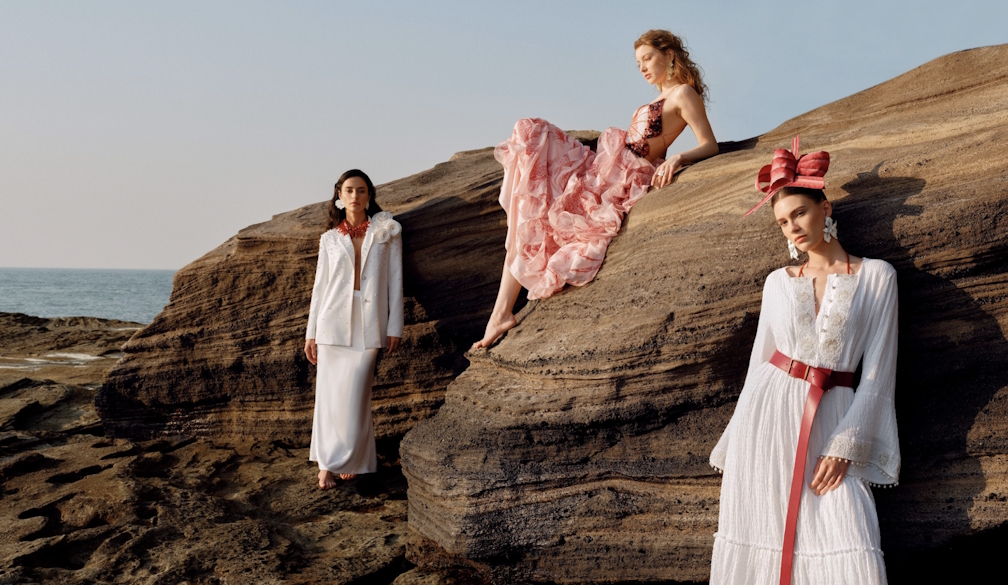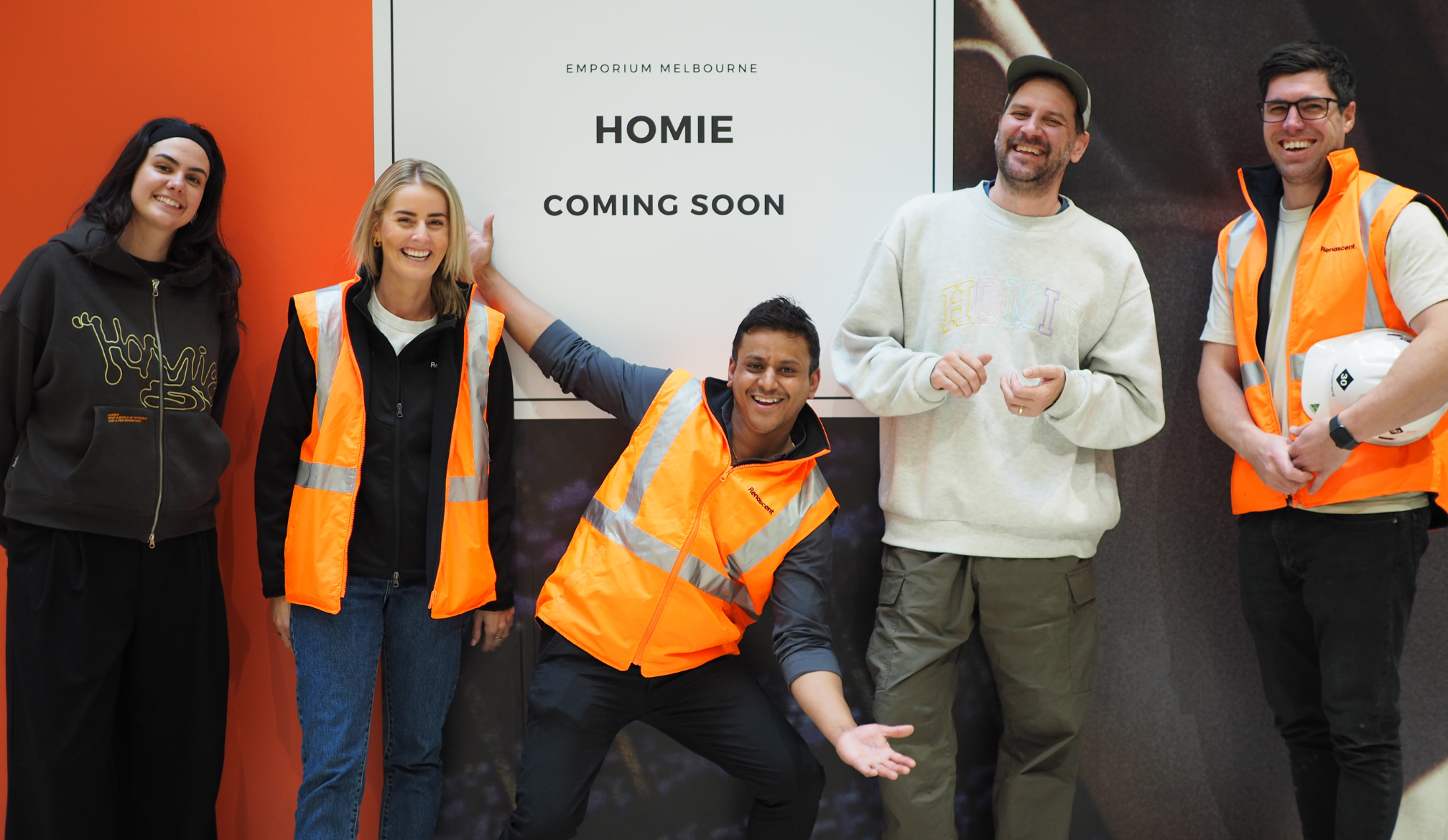5 Common Misconceptions About Sustainable Fashion Debunked
- Written by The Times

When considering the impact of your carbon footprint, a good place to start is to look at making more sustainable choices with your fashion. With the dire impacts of fast, disposable fashion becoming glaringly apparent, it’s surprising that many of us have yet to embrace the push for ethical, eco-friendly apparel.
Admittedly, this could be for several reasons. For one, we still want to look good! With the perception that sustainable clothes are frumpy, drab, and downright unappealing, many of us are hesitant to come off looking like hippies. Further to this, sustainable clothing sounds expensive. With disposable fashion items quite literally a dime a dozen, the price of sweat-shop-produced apparel quite simply cannot be beaten. But what is the ultimate cost of our sartorial choices?
With the future of our planet in our hands, stay with us as we debunk the top sustainable fashion myths, and help you decide what’s really at stake.
Myth: Sustainable Clothes are Frumpy and Drab
Fact: The development of exciting new applications of sustainable materials is making ethical fashion more wearable than ever. With clever design, you can even make leather from mushrooms look trendy!
Most importantly, good design is key here. With creative design inspiring endless fashion opportunities, our ability to curate clothing collections that are both stylish and ethical is, thanks to sustainable designers, coming to fruition. This is especially apparent when it comes to the rapidly increasing number of designers who are doing this important work in the fashion industry today. The potential of their impact on the environment is significant.
There is, admittedly, considerable skill involved in designing ethical clothing that is not only wearable but stylish too! Fortunately, emerging sustainable designers have been able to do this exceptionally well, and are likely to continue doing so as demand for ethical fashion grows.
Myth: Shopping Sustainably is More Expensive
Fact: Sustainable shopping can be affordable!
The key to spending less is, of course, to buy less. By investing in one quality piece, rather than five cheap dresses, you will also be building the longevity of your wardrobe. Those cheap dresses could fall apart within a year, but your sustainably-produced, timelessly-cut linen shirt? You will be wearing that for years to come. Likely, you’ll also be re-wearing it on multiple different occasions. This comes down to the versatility of the garment, and its ability to be worn with different styles. Perhaps, dress it down with jeans and sneakers. Or, for a more polished look, try pairing it with tailored slacks and pointy pumps.
Either way, the key here is to be able to wear an outfit more than once. With multiple wears, comes reduced cost-per-wear! This a great example of the return on investment a clever sustainable fashion pick can provide.
Myth: If A Brand Says They’re Sustainable, You Can Believe Them
Fact: If you’re interested in sustainable fashion, you may have heard of greenwashing. Also known as ‘green sheen’, this is a shocking phenomenon where fashion brands use marketing ploys to come across as eco-friendly when in fact, they are not. This can involve falsely maximising their environmental efforts and positioning themselves as a sustainable brand without actually doing the work.
So how do you know when a brand is truly ethical? It pays to do your research. Check up on a brand before you choose to buy from them. Read all the reviews, but most importantly, fact-check their sustainability claims - chances are, they’re fictional.
Myth: Choosing Luxury Designer Brands is More Sustainable
Fact: Forking out for expensive designer clothes doesn’t make your fashion more sustainable.
Sadly, the haute couture apparel industry is also guilty of unethical practices. Just like fast fashion, high fashion houses also commonly use underpaid sweatshop workers to produce their wares. Their employees, as such, are just as exploited, despite the luxury mystique of designer goods. Further to this, luxury garments are just as likely to contain environmental pollutants like synthetic fibres. They are also often manufactured with unsustainable materials such as traditionally grown cotton.
The point is, don’t believe the hefty price tag! In truth, luxury designer brands are just as unsustainable as fast fashion, and must also be avoided on our journey to environmental sustainability.























